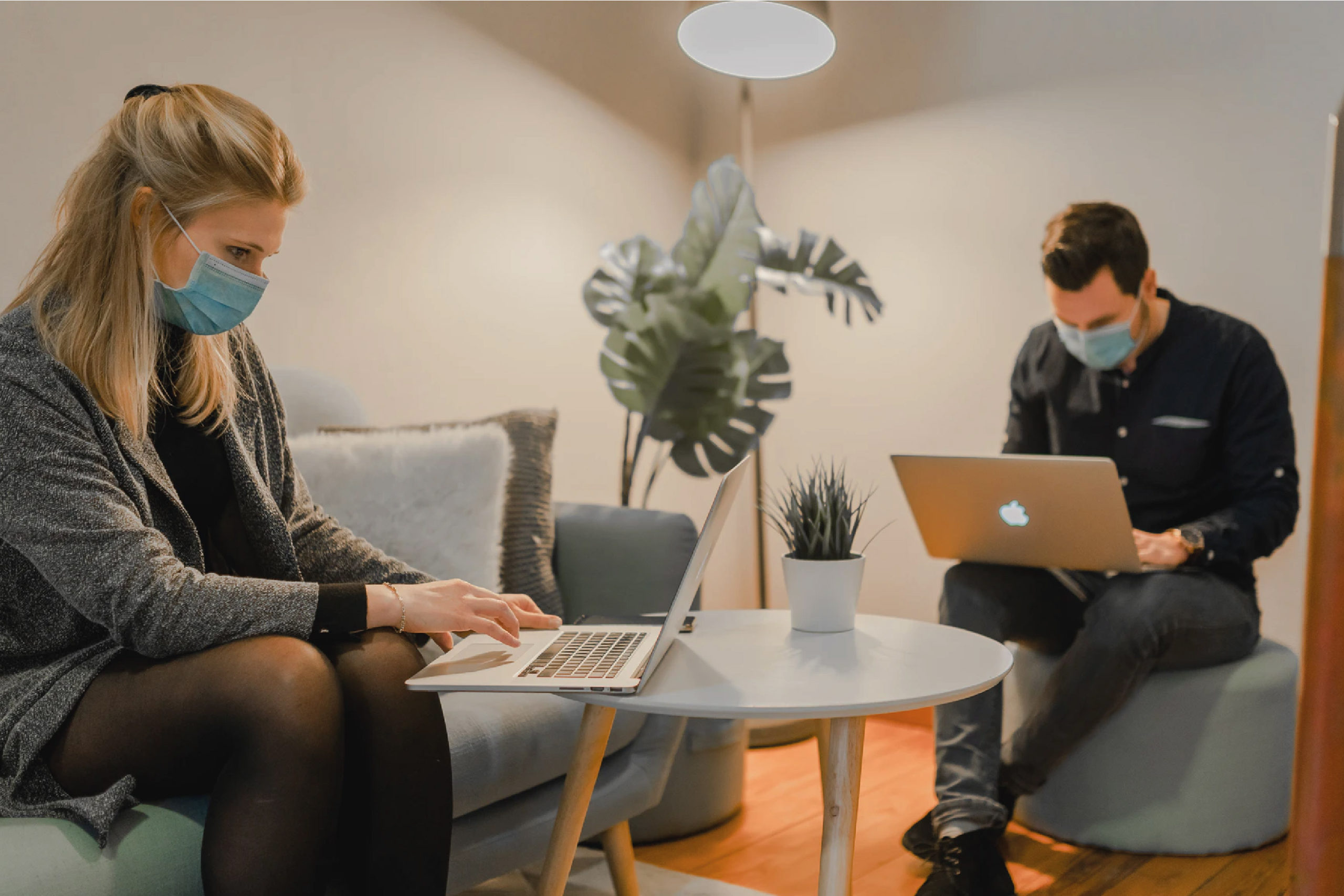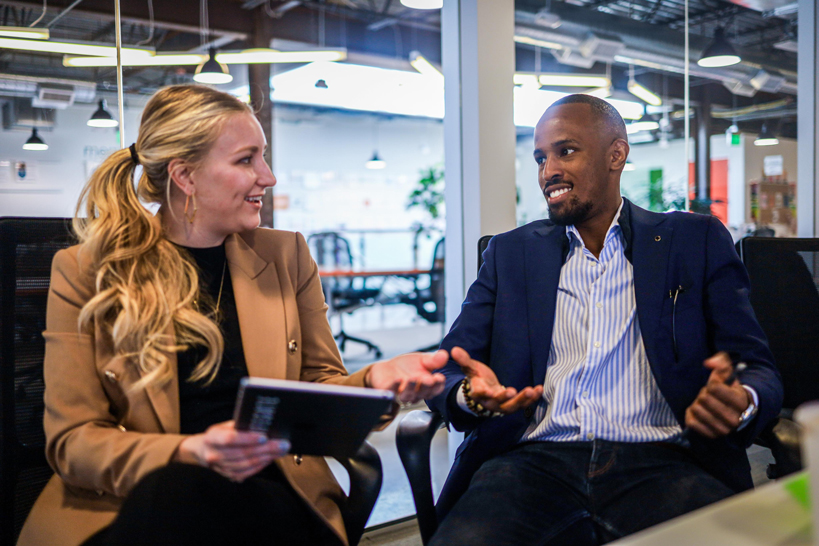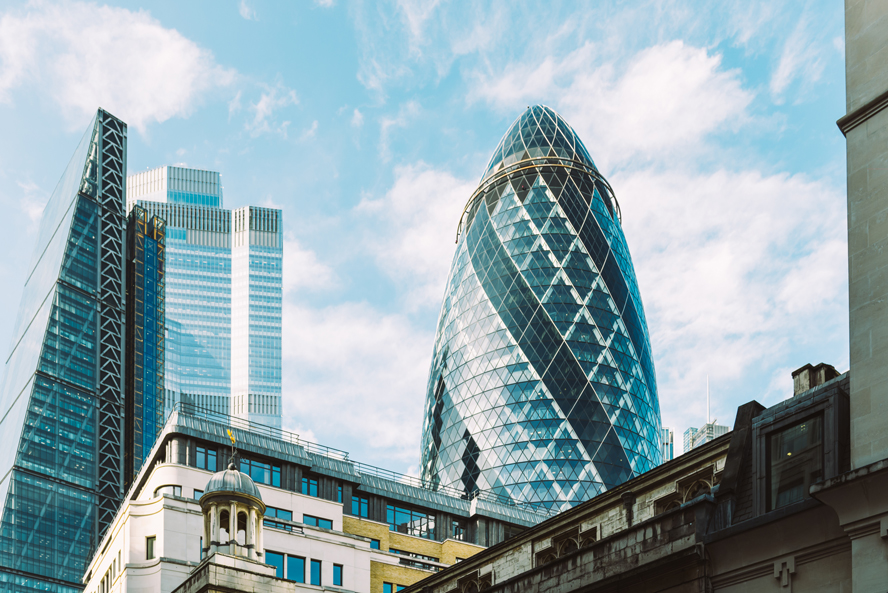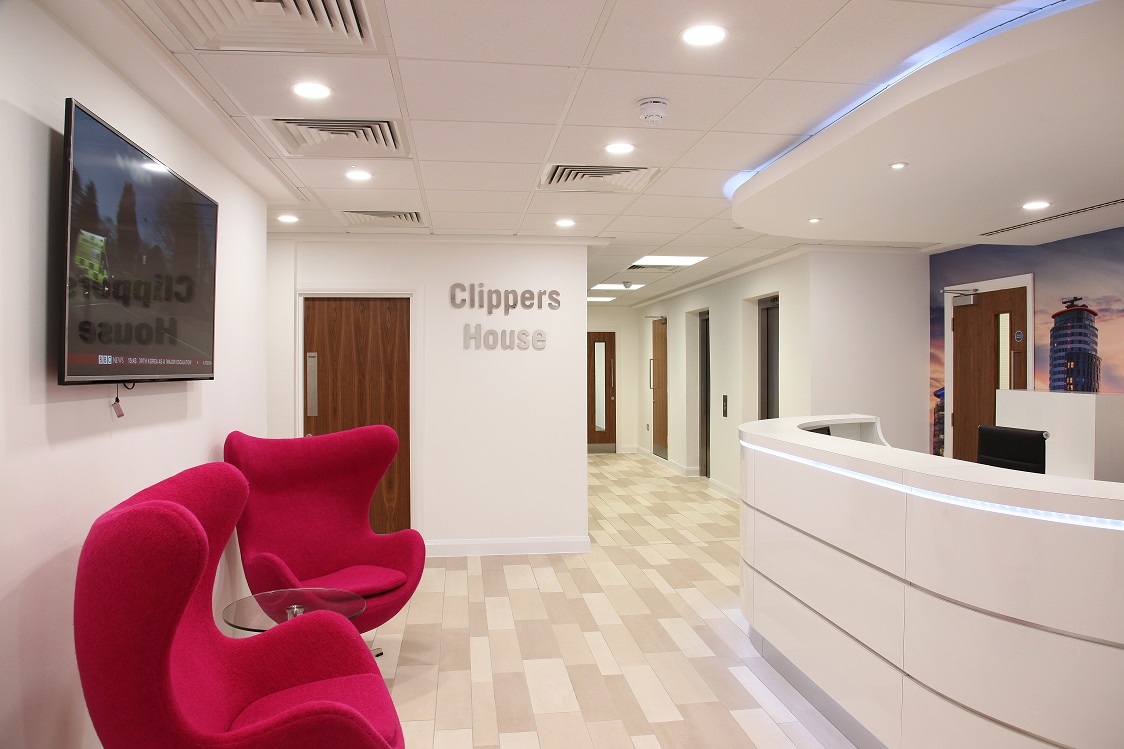One of the concepts that sprung up almost overnight during the pandemic was that of COVID-safe offices (or COVID-secure offices, to use the government’s original preferred term).
Like other indoor spaces, keeping offices COVID-safe is a combination of sensible hygiene by occupants, regular surface cleaning, interpersonal distance where possible, and plenty of good ventilation.
For the most part this is not very difficult to achieve:
• Avoid face-to-face seating plans
• Add physical barriers where distance is not possible
• Open windows and/or use air filtration
But what’s the answer to keeping offices COVID-secure in busy areas with poor ventilation, such as corridors, meeting rooms, lifts and stairwells?
Newly published research by the University of Cambridge has looked at answering this very question, with some practical conclusions that office managers can implement quickly and quite easily.
Redesigning open-plan offices
The research paper was written by Jiayu Pan, Tze Yeung Cho and Dr Ronita Bardhan, all of the University of Cambridge, and presented at the CIBSE Technical Symposium in the UK on July 13th-14th.
In the study, the authors looked at two open-plan floors of an office with quite dense seating, and about 180 desks on each floor.
As well as the open-plan desk areas, the floors had several features common to serviced offices:
• Meeting rooms and alternative working areas
• Kitchen areas with tea making facilities and seats
• Communal access to restrooms and printers
They modelled the movement of employees using planned ‘stops’ like stairs, lifts and desks, as well as ad hoc ‘interests’ like restrooms and kitchen areas.
Perhaps unsurprisingly, the busiest areas proved to be the corridor, areas nearest the lift and stairs, and the nearest meeting rooms.
Sensible strategies to be COVID-safe
The researchers suggested a number of reasonable strategies to help make busy offices more COVID-secure, including:
• Separate flows of in and out traffic, especially where multiple lifts or stairways are available.
• Using more distant meeting rooms and multiple meeting rooms to spread out personnel.
• Back-to-back and side-by-side seating plans, rather than face-to-face across a desk with no barrier.
They especially highlighted corridors as a place where personnel are more likely to be densely packed at busy times.
Staggered arrival and departure times, reminders about social distancing, and hygiene precautions like hand-washing and alcohol gel could all help to alleviate this.
How serviced offices are COVID-secure
At The Serviced Office Company we are working hard to keep all our serviced offices COVID-secure, in line with changing guidance and best practice on hygiene and cleaning.
We give you the flexibility to lay out your seating plan the way you want it, whether that involves physical barriers between desks, or an unusual configuration to avoid employees facing each other directly.
Our on-site meeting rooms are cleaned regularly and we offer virtual office services so if you want to have more staff working remotely – or want to move to home-based working entirely – you can do so seamlessly while retaining a professional office address and contact details.
To find out more about any of our services, or if you would like to discuss any COVID-related concerns and how our serviced offices can help, please don’t hesitate to contact us today.




